The CCP (Chinese Communist Party) passed a law to change its far southern province, Hainan, into a gigantic free trade port (FTP). But an economist pointed out that the actual intent behind creating the FTP (areas with little to no tax to encourage economic activity) may be to protect military bases.
“The intention should include protecting its military bases. There is a naval base that harbored nuclear submarines in Sanya [in southern Hainan],” Henry Wu Chia-lung, macroeconomist and Taiwan AIA Capital lead economics researcher, told The Epoch Times on June 28. “Once Hainan becomes an FTP, other countries will be reluctant to launch missiles to target the bases on the island.”
Military Purpose
Hainan Island is important to the Chinese military, especially for two strategic navy bases: One for aircraft carriers and another for nuclear submarines.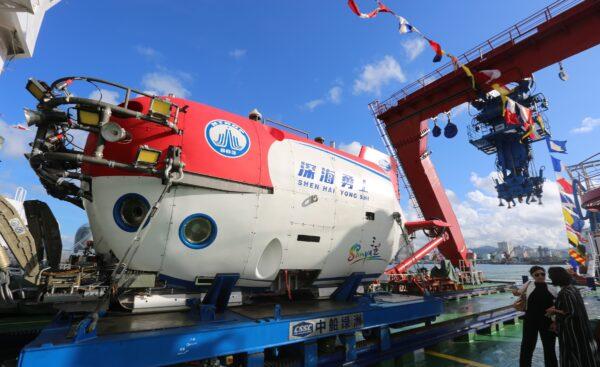
This base is critical to the Chinese regime’s push into disputed areas in the South China Sea, where another half dozen countries also claim rights, including: Brunei, Taiwan, Indonesia, Malaysia, the Philippines, and Vietnam.
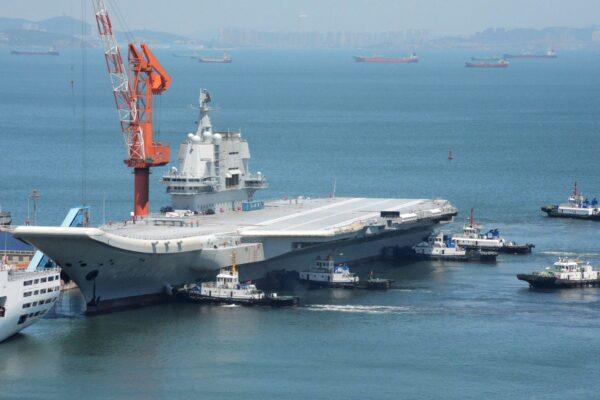
Largest FTP
“After the CCP transforms the island into a free trade zone, other countries like the United States will not be able to easily attack the island if there are conflicts,” Wu said.The island is 12,822 square miles, which is similar in size to the state of Maryland or to the island of Taiwan. The province governs the island and about three hundred small islands in the South China Sea.
However, the Chinese regime already started to develop the Greater Bay Area in 2015, which covers nine cities in China’s prosperous Guangdong Province, Hong Kong, and Macao.
By contrast, Hainan Island, an agriculture-based tropical resort island, is ranked near the bottom of China’s economy.
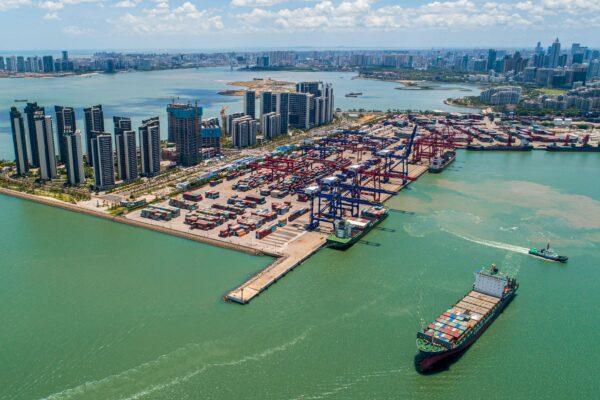
The new law stipulates several distinct economic benefits to consumers and foreign investors. Specifically, it provides for: a zero tariff to all materials that are imported to the FTP, an easy process for service operation permission in the FTP, a relatively transparent investment environment, a flexible cross-border capital flow, a relatively loose control on people’s movement, which includes releasing work visas to businessmen and no visa requirement for tourists who stay on the island for less than 15 days; and convenient transportation, which includes building more airports and roads.
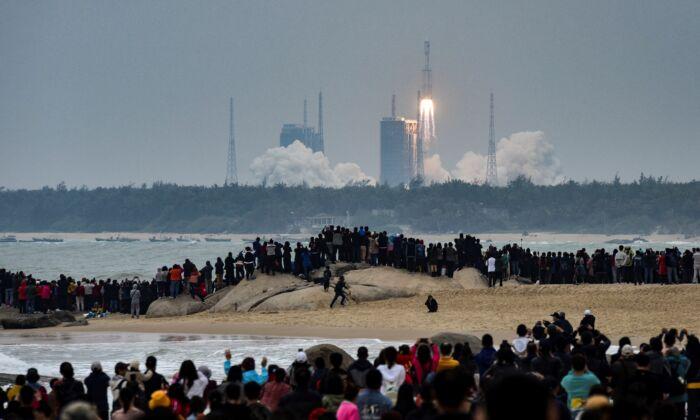

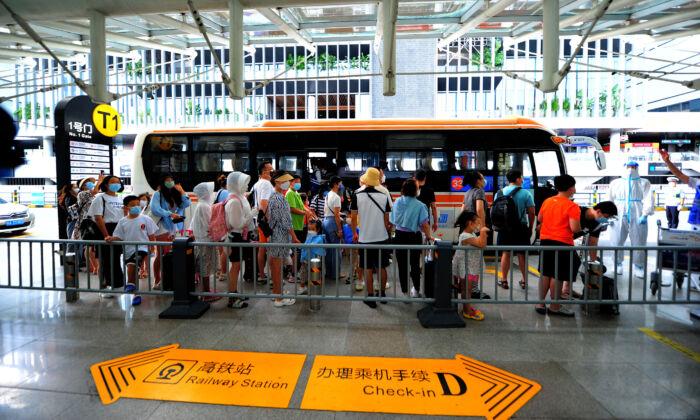
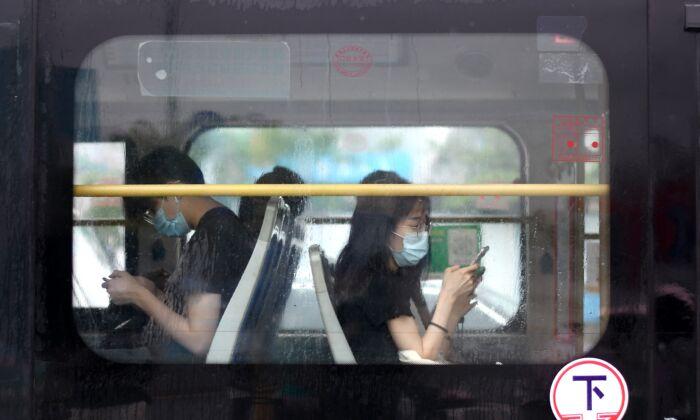
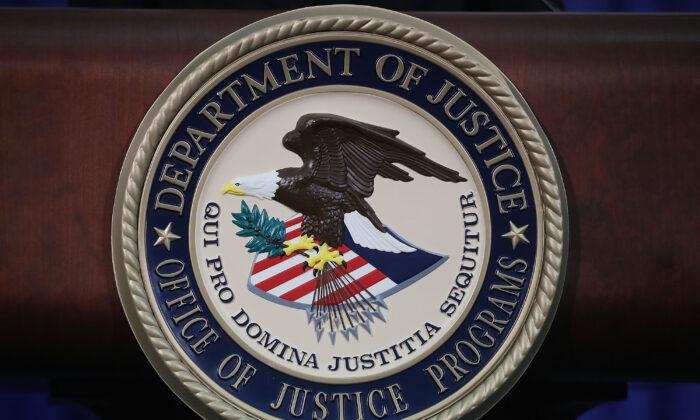
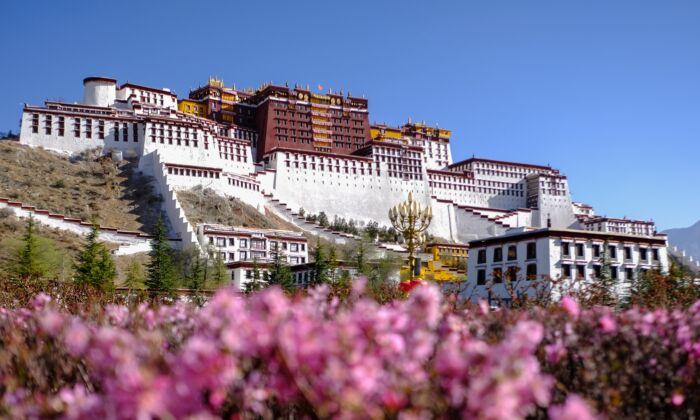
Friends Read Free